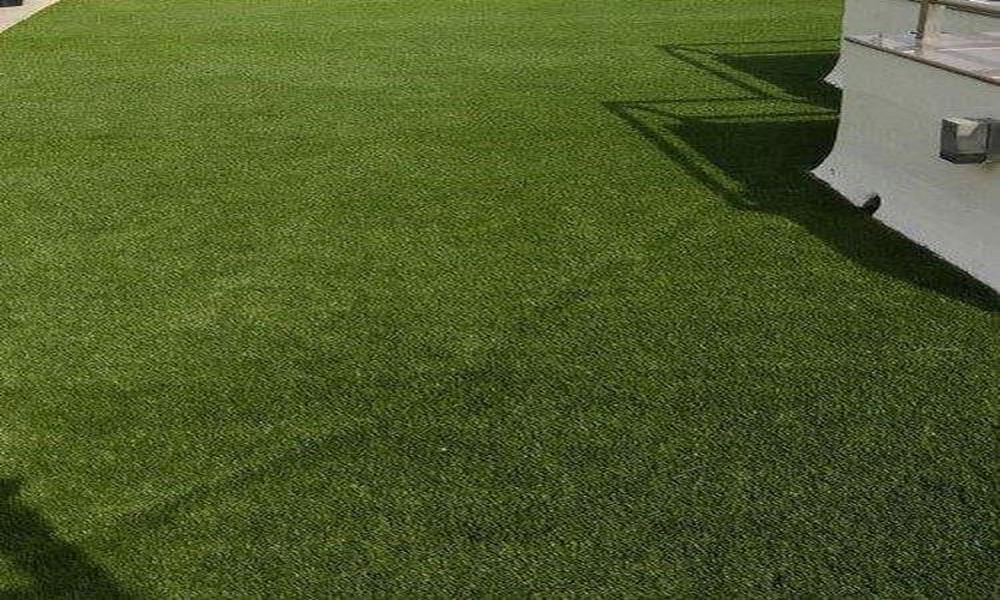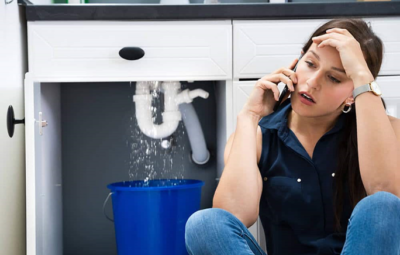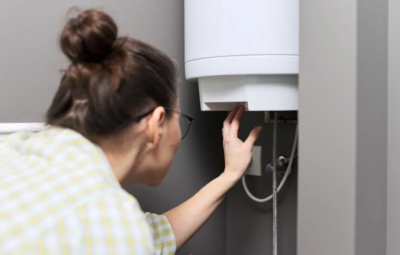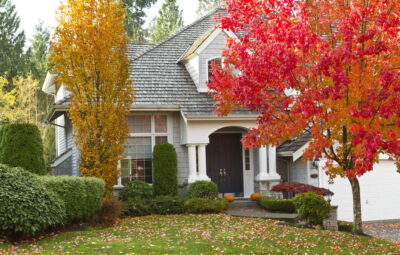Artificial grass has gained popularity in recent years as a low-maintenance alternative to natural grass. One of the benefits that is often touted is that it can save water. But can it really? In this article, we’ll take a closer look at whether artificial grass can help conserve water.
To start with, it’s important to understand the water requirements of natural grass. According to the Environmental Protection Agency (EPA), the average American household uses around 320 gallons of water per day, with about 30% of that being used outdoors for activities like watering lawns and gardens. The EPA also notes that about half of the water used for outdoor purposes is wasted due to evaporation, wind, or runoff.
Is it a better option compared to natural grass?
Natural grass requires a lot of water to stay green and healthy, especially in hot and dry climates. The amount of water needed can vary depending on factors such as the type of grass, soil conditions, and weather patterns. However, as a general rule, a typical lawn needs about 1 inch of water per week to stay healthy.
This means that if you have a 1,000 square foot lawn, you could be using around 2,500 gallons of water per week just to keep it green. Over the course of a year, that adds up to a staggering 130,000 gallons of water!
Now, let’s consider how artificial grass compares in terms of water usage. Because it doesn’t require watering, artificial grass can potentially save a significant amount of water compared to natural grass. In fact, some studies have shown that replacing natural grass with artificial turf can reduce water usage by up to 70%.
Of course, this figure can vary depending on the climate and other factors. For example, if you live in an area with heavy rainfall, your natural grass may require less watering than if you live in a desert climate. Additionally, if you have a small lawn or don’t water it very often, the water savings from switching to artificial grass may be less significant.
It’s also worth noting that while artificial grass doesn’t require watering, it does require occasional cleaning to remove debris and maintain its appearance. This cleaning can be done with a hose or pressure washer, which does use water. However, the amount of water used for cleaning is typically much less than what would be needed to keep natural grass healthy.
Another potential benefit of artificial grass is that it doesn’t require fertilizers or pesticides, which can also save water. According to the EPA, lawn and garden equipment such as mowers and trimmers account for around 5% of the air pollution in the United States. Reducing the need for these tools can help to reduce emissions and improve air quality.
In addition to its potential water savings, artificial grass has other benefits as well. For example, it requires less maintenance than natural grass, which can save time and money. It also stays green year-round, regardless of weather conditions, which can help to improve the overall appearance of your yard.
However, there are also some drawbacks to consider. Artificial grass can be more expensive to install than natural grass, and it doesn’t provide the same benefits for wildlife as a natural lawn. It can also become hot in direct sunlight, which may not be ideal for areas with high temperatures.
Final verdict
In conclusion, artificial grass can potentially save water by eliminating the need for watering, but the amount of water saved will depend on various factors. If you’re considering switching to artificial turf, it’s important to weigh the potential benefits and drawbacks and determine whether it’s the right choice for your specific situation. By making an informed decision, you can help to conserve water and create a beautiful and low-maintenance outdoor space.







